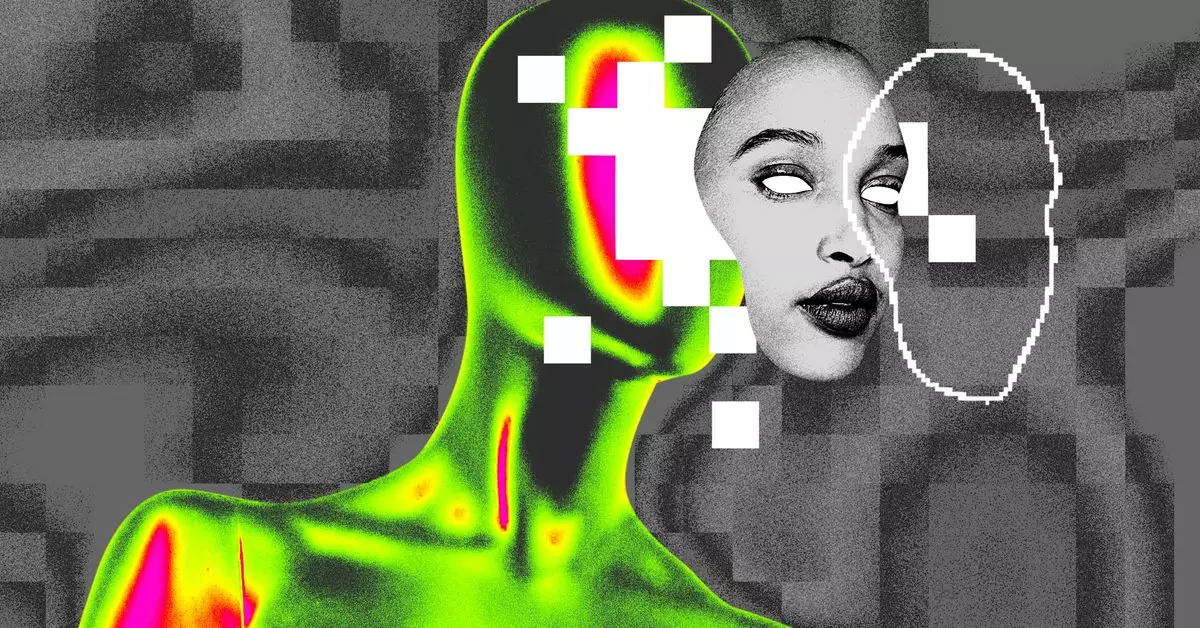TikTok, the social media platform that has captivated millions worldwide, has recently announced crucial changes to its filter policies aimed at addressing significant mental health issues among its teenage audience. With a particular focus on beauty filters that can distort self-image, TikTok is taking steps that reflect an increasing awareness of the social pressures faced by young users. This strategic shift delineates a broader commitment by the platform to safeguard its community while navigating the intricate balance between creativity and well-being.
One of the central changes involves age restrictions on specific beauty filters that modify users’ appearances. This initiative is a direct response to alarming findings from a report published by Internet Matters, a non-profit organization dedicated to online child safety. The report indicated that beautifying filters create a skewed perception of reality, where altered images evoke unrealistic standards of beauty that young users may struggle to reconcile with their unfiltered selves.
Effects like smooth skin, elongated lashes, and slimmed facial features can fuel discontent and anxiety among adolescents, who are already navigating tumultuous self-esteem challenges. This seemingly innocuous technology can unwittingly exacerbate issues related to body image, making it difficult for young users to discern what is real compared to what has been digitally enhanced.
The age restrictions will prevent users under 18 from accessing particular filters that have significant enhancement capabilities. However, filters designed to create humorous or exaggerated effects, such as those that add comical elements like animal ears, will remain accessible. This nuanced approach acknowledges the need for realism while allowing creative expression that does not directly compromise youth mental health.
The changes, as announced at TikTok’s European Safety Forum in Dublin, also raise questions about the platform’s global rollout strategy. While these adjustments are being implemented in specific European countries, there remains ambiguity regarding the broader application of these regulations. TikTok’s decision to clarify the geographical limits of these updates is critical, as mental health challenges related to such filters are not isolated to any region.
In addition to refining filter policies, TikTok has revealed plans to introduce resources aimed at supporting users who report concerns related to suicide, self-harm, hate speech, and harassment. This proactive measure—connecting users with local helplines—demonstrates a mindful approach to user safety that transcends content moderation alone. With over 175 million monthly active users in Europe, the potential impact of such resources could be substantial in fostering a safer online environment.
Christine Grahn, TikTok’s head of European public policy, articulated the platform’s ongoing commitment to safety, noting that there is no final destination in the journey of creating a secure space for users. This philosophy suggests that TikTok is positioning itself not only as a social platform but as a responsible entity that cares for its community’s mental well-being.
As part of its safety enhancements, TikTok is also experimenting with machine learning technologies to identify accounts created by users under the minimum age requirement of 13. With the deletion of approximately six million accounts annually, these innovations aim to bolster compliance with age restrictions, ensuring that younger children are protected from potential online harms.
Even as TikTok initiates these significant changes, the platform has also promised a transparency mechanism for users whose accounts are deleted due to age violations. This element of due process allows users to appeal such decisions, thus promoting a sense of fairness in enforcement.
As TikTok rolls out these key changes, it reflects a growing acknowledgment of its influence on youth culture and mental health. By adapting its policies concerning beauty filters and reinforcing mental health resources, TikTok is not merely responding to external pressures but is actively cultivating a safer and more authentic online environment. The challenges ahead are significant; however, TikTok’s transparent approach and commitment to continual improvement represent a promising step toward addressing the complex relationship between social media, creativity, and mental wellness among its younger users.


Leave a Reply